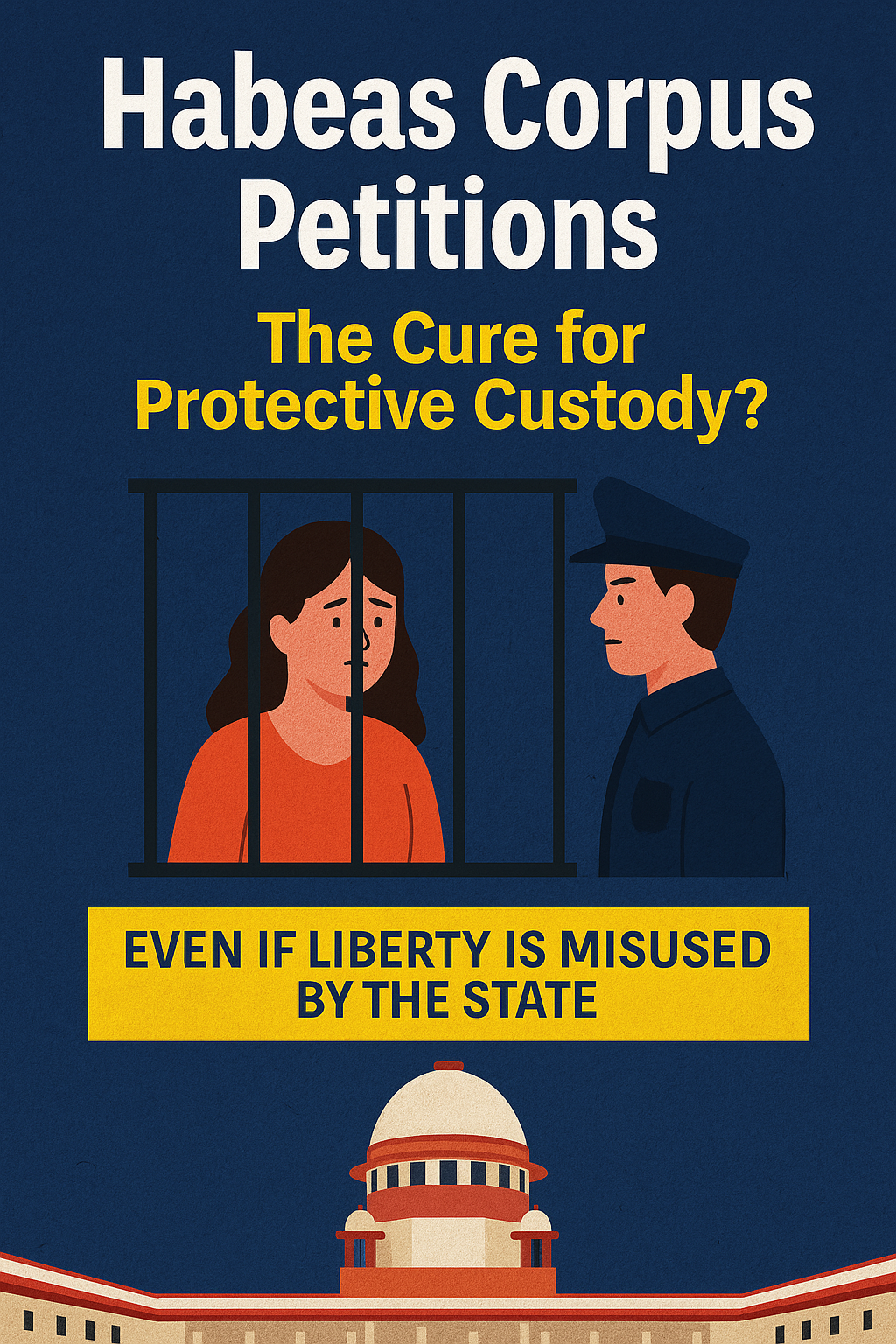Political Law at Norfolk Island (Australia)
Norfolk Island, a small island located in the South Pacific Ocean, is an external territory of Australia. While it is geographically distant from the Australian mainland, Norfolk Island has a unique political and legal status, blending elements of local governance with Australian law. Here is an overview of Norfolk Island’s political law:
1. Historical Background
Norfolk Island was first settled by the British in 1788 as a penal colony. It later became a self-governing colony but was officially incorporated into the Australian Commonwealth as an external territory in 1914.
The island's political status and governance have undergone significant changes, particularly in the 21st century. Historically, Norfolk Island had a significant degree of self-governance, but recent reforms have resulted in a shift towards greater integration with the rest of Australia.
2. Political Status and Constitutional Framework
Norfolk Island is an external territory of Australia, governed by laws enacted by the Australian Parliament in Canberra, with specific provisions for local governance.
Initially, Norfolk Island had its own legislature and executive government, but this system has changed over time, especially with the Norfolk Island Act 1979, which established a more autonomous local government. However, in recent years, reforms have reduced Norfolk Island’s self-governance and brought it closer into line with other Australian territories.
Governance by the Commonwealth: As an external territory, Norfolk Island is subject to the overarching sovereignty of the Australian Government. The Norfolk Island Act 1979 (and its amendments) governs the territory, and the Governor-General of Australia acts as the formal representative of the Australian Government.
Direct Commonwealth Administration: In 2015, the Australian Government passed legislation that abolished the Norfolk Island Legislative Assembly and repealed the island's self-government. This move brought the island under more direct administration by the Commonwealth, with the Australian Government taking a more hands-on approach in running Norfolk Island's affairs.
3. Governance and Administration
Under the Norfolk Island Legislation Amendment Act 2015, Norfolk Island’s previous system of local governance was replaced by a more centralized administrative structure, with several key changes:
Government Representation: The Norfolk Island Regional Council replaced the previous Norfolk Island Legislative Assembly. While the Council handles some local affairs, its powers are now limited compared to the pre-2015 system.
Administrator: The Administrator of Norfolk Island, appointed by the Australian Government, oversees the territory’s administration on behalf of the Governor-General of Australia. The Administrator is responsible for ensuring that the local government functions within the framework of Australian law.
Federal Government Control: Most aspects of governance, including lawmaking, taxation, health, education, and infrastructure, have been centralized to the Australian Government in Canberra. The Commonwealth Government now directly handles services previously provided by Norfolk Island’s local government.
4. Representation in the Australian Parliament
Norfolk Island does not have direct representation in the Australian Parliament (i.e., the House of Representatives or the Senate). However, the island is subject to Australian federal laws, including those governing taxes, criminal law, and other areas of governance.
Consultation on Local Issues: While Norfolk Island is not directly represented in the national Parliament, the Australian Government does consult with the island’s community and local representatives on significant local issues.
Federal Laws: Following the 2015 reforms, Australian laws now apply directly to Norfolk Island. Previously, Norfolk Island had been largely exempt from many Australian laws, which meant that it had a greater degree of autonomy in areas such as taxation and social services.
5. Legislative Changes and Federal Integration
One of the most significant changes in the political structure of Norfolk Island was the abolition of its Legislative Assembly in 2015. Prior to this, Norfolk Island had its own parliamentary system under the Norfolk Island Act 1979, with members elected to the Legislative Assembly.
However, the Norfolk Island Legislation Amendment Act 2015 transferred the authority to make decisions and enact laws from the local Assembly to the Australian Government. As a result:
Lawmaking: The Australian Government now legislates directly for Norfolk Island in the same way it does for other territories. The Norfolk Island Regional Council is tasked with administering local issues, but its powers are more limited, and it operates under the broader framework set by the Australian Government.
Governance Reforms: The reforms were controversial, particularly with local residents who had a strong desire for continued self-government. The Australian Government argued that direct administration was necessary to improve the island’s financial sustainability and integrate its legal and social systems with those of mainland Australia.
6. Economic and Social Services
The economic and social situation on Norfolk Island has been influenced by the shift in governance:
Economic Dependency: Norfolk Island’s economy is heavily dependent on tourism, and the island is also supported by financial assistance from the Australian Government. The shift towards greater Australian control aimed to provide more stable funding for local services and address some of the territory’s financial difficulties.
Health, Education, and Infrastructure: The Australian Government now directly provides many services that were once managed locally, including health care, education, and infrastructure development. This is intended to align services with Australian standards and improve the quality of life for the island's residents.
Taxation: Before the 2015 reforms, Norfolk Island had its own taxation system, which was different from the Australian mainland. After the reforms, Australian tax laws became applicable on the island. This includes income tax, goods and services tax (GST), and other national taxes, which were introduced to help fund the cost of services on the island.
7. Indigenous and Local Identity
Norfolk Island has a unique cultural identity, with a population that includes descendants of the Pitcairn Islanders, a group of settlers from the Pitcairn Islands who relocated to Norfolk Island in the 19th century. This distinct heritage has shaped the local culture and community values.
Local Governance and Autonomy: There is a strong sense of local identity among Norfolk Islanders, and many people on the island felt that the move to greater integration with the Australian Government was a loss of their political autonomy. The push for more local self-determination, especially regarding the island’s unique heritage and way of life, continues to be a point of contention.
8. Challenges and Future
The political future of Norfolk Island remains uncertain, with ongoing debates about the balance between local autonomy and Australian integration. Some key challenges include:
Cultural and Political Autonomy: There remains a strong desire among some residents for greater self-government or even independence from Australia. This sentiment is rooted in the island's history and its unique cultural identity.
Economic Sustainability: Norfolk Island faces challenges related to economic sustainability, and its dependency on tourism and Australian financial aid continues to be a concern.
Local Governance: Despite reforms, there are still ongoing discussions about the appropriate balance between local governance and federal control. The island's residents have called for more autonomy in decision-making, especially on issues that affect the island's local community.
9. International Status
While Norfolk Island is an Australian external territory, it also has some historical international significance. For example, it has been a site of international treaties related to maritime issues, and its status under international law is defined as being within Australia's sovereignty. It is not an independent entity, and international relations and defense matters are handled by Australia.
Conclusion
Norfolk Island’s political law reflects its unique status as an external territory of Australia. The island has gone through significant changes, especially since the 2015 reforms, which reduced its autonomy and integrated it more closely into the Australian legal and political system. While the island enjoys a degree of local governance through the Norfolk Island Regional Council, many issues related to self-government, economic development, and cultural identity remain contentious. The balance between local desires for autonomy and the broader interests of the Australian Government continues to shape the political landscape of Norfolk Island.






















0 comments